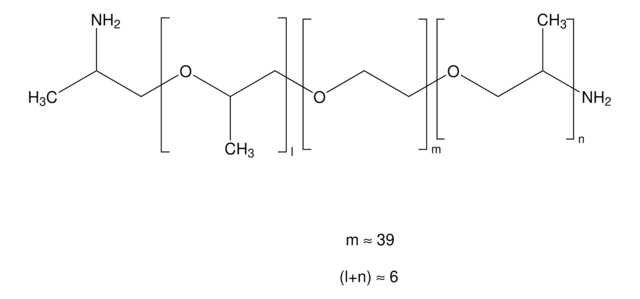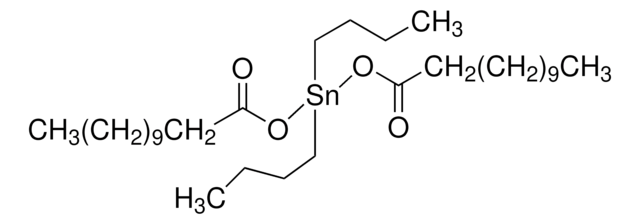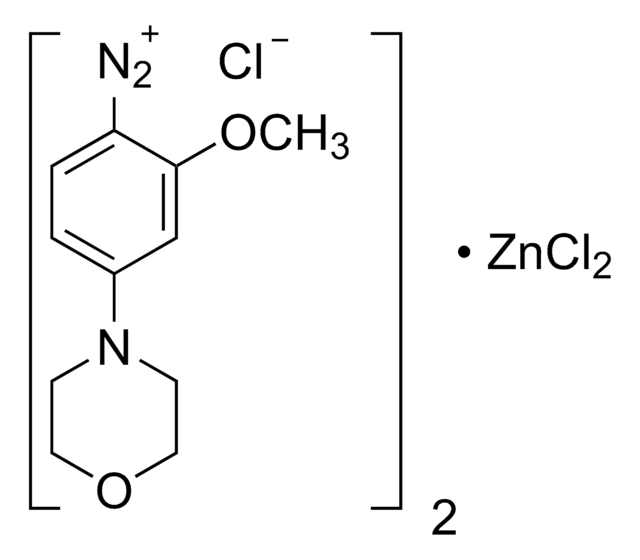202320
Poly(propylène glycol)
average Mn ~1,000
Synonyme(s) :
PPG, Poly(oxyde de propylène)
About This Item
Produits recommandés
Densité de vapeur
>1 (vs air)
Niveau de qualité
Pression de vapeur
<0.01 mmHg ( 20 °C)
Poids mol.
average Mn ~1,000
Contient
130-190 ppm proprietary phenolic antioxidant
Indice de réfraction
n20/D 1.449
Viscosité
150 cSt(25 °C)(lit.)
Indice d'hydroxyle
111 mg KOH/g
Solubilité
water: miscible (completely)
Densité
1.005 g/mL at 25 °C
Chaîne SMILES
CC(O)CO
InChI
1S/C6H14O3/c1-5(8)4-9-6(2)3-7/h5-8H,3-4H2,1-2H3
Clé InChI
DUFKCOQISQKSAV-UHFFFAOYSA-N
Vous recherchez des produits similaires ? Visite Guide de comparaison des produits
Catégories apparentées
Description générale
Application
- As a precursor to synthesize multiblock thermo-responsive smart polymers for various biomedical applications. The presence of PPG is the main reason for the thermosensitivity of these polymers. For example, it can be used to synthesize poly(ester urethane)s.
- For the surface modification of sisal fiber to enhance nucleating ability.
Code de la classe de stockage
10 - Combustible liquids
Classe de danger pour l'eau (WGK)
WGK 1
Point d'éclair (°F)
445.0 °F - closed cup
Point d'éclair (°C)
229.44 °C - closed cup
Équipement de protection individuelle
Eyeshields, Gloves
Faites votre choix parmi les versions les plus récentes :
Déjà en possession de ce produit ?
Retrouvez la documentation relative aux produits que vous avez récemment achetés dans la Bibliothèque de documents.
Les clients ont également consulté
Notre équipe de scientifiques dispose d'une expérience dans tous les secteurs de la recherche, notamment en sciences de la vie, science des matériaux, synthèse chimique, chromatographie, analyse et dans de nombreux autres domaines..
Contacter notre Service technique





